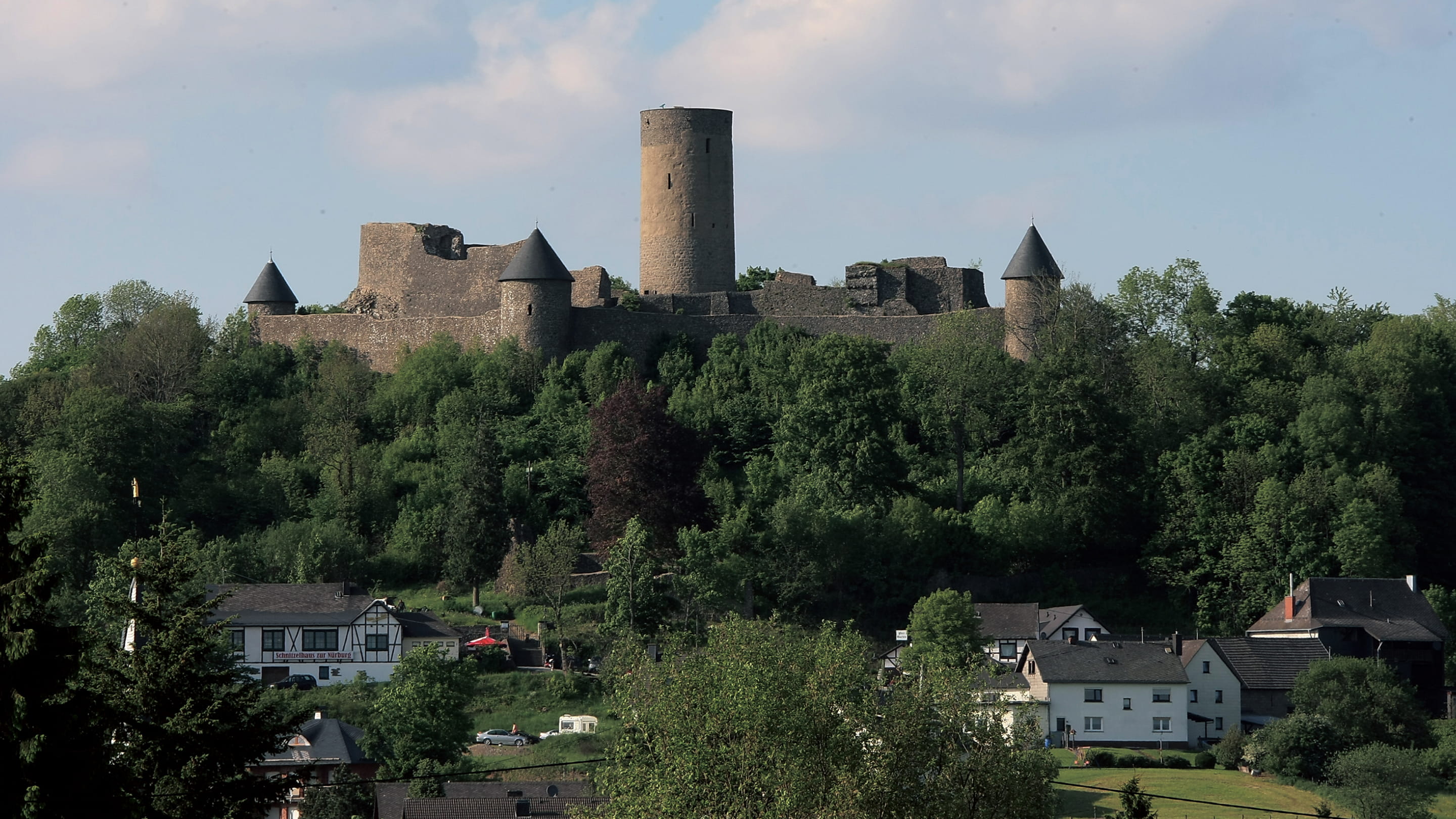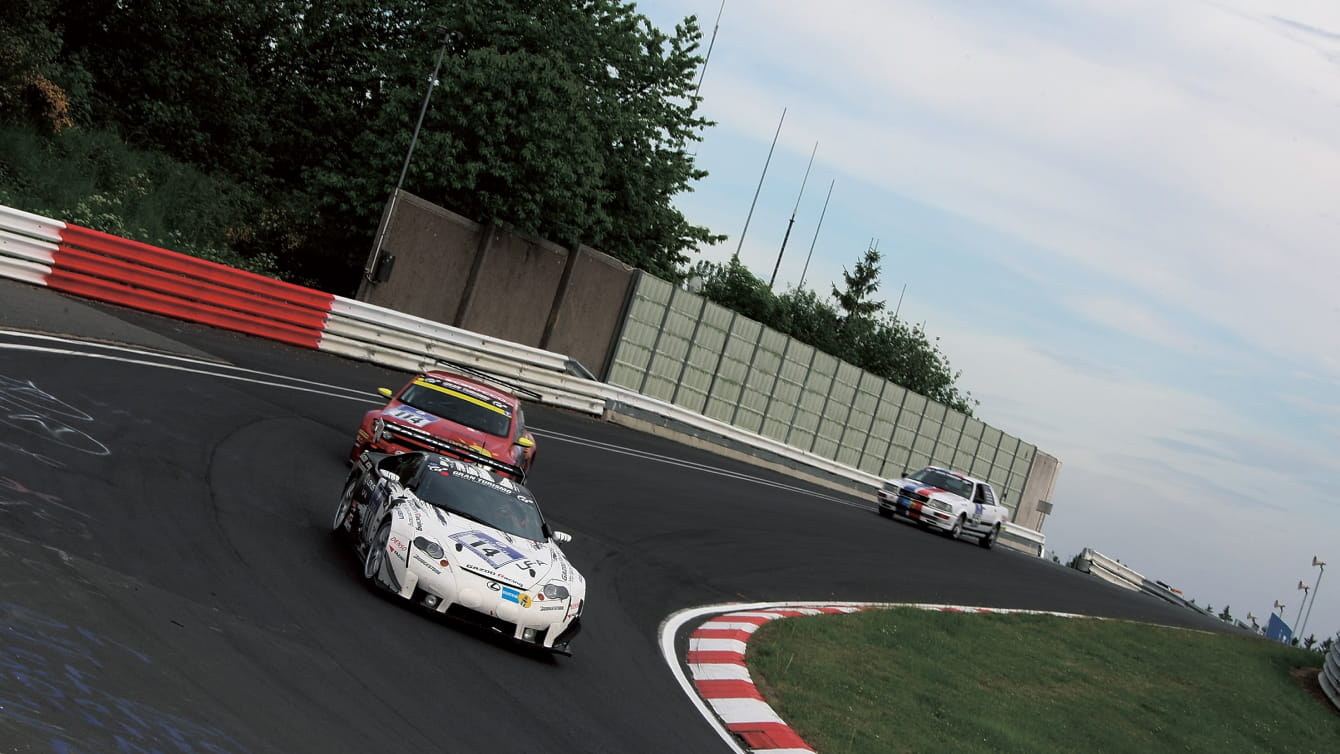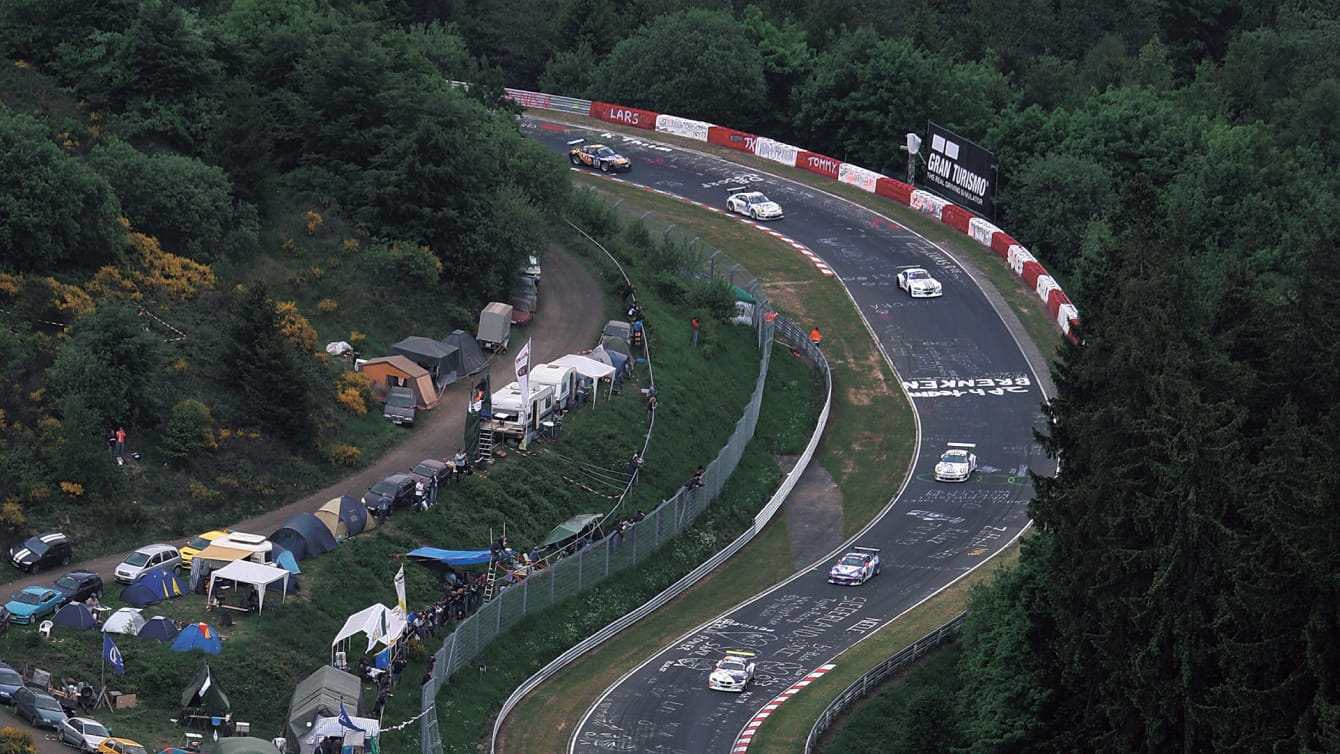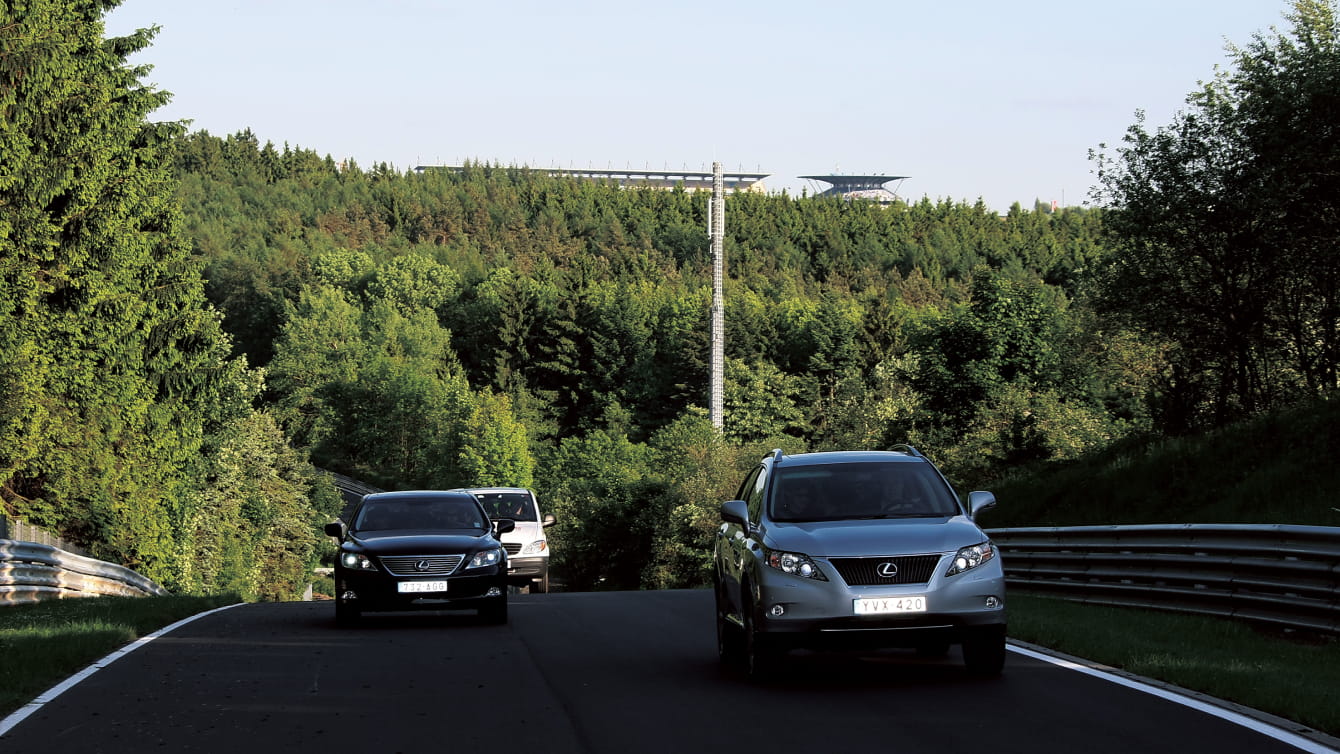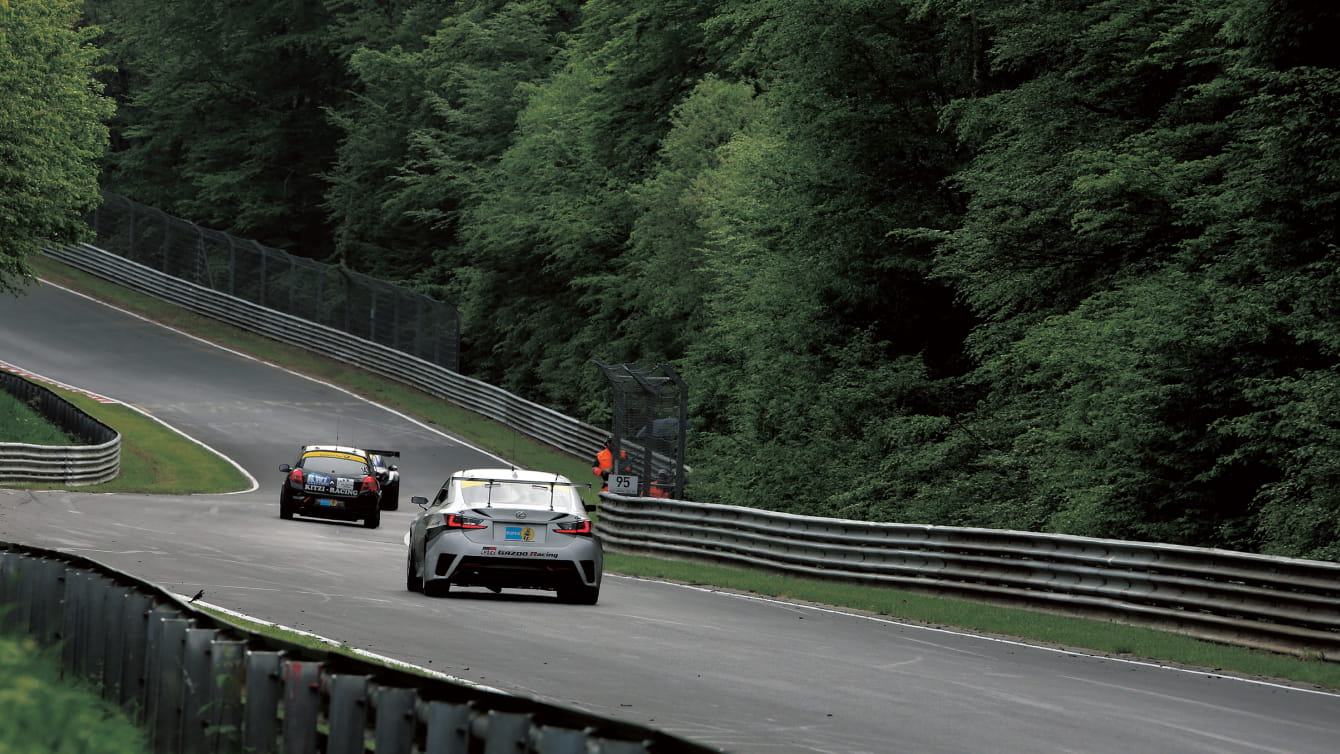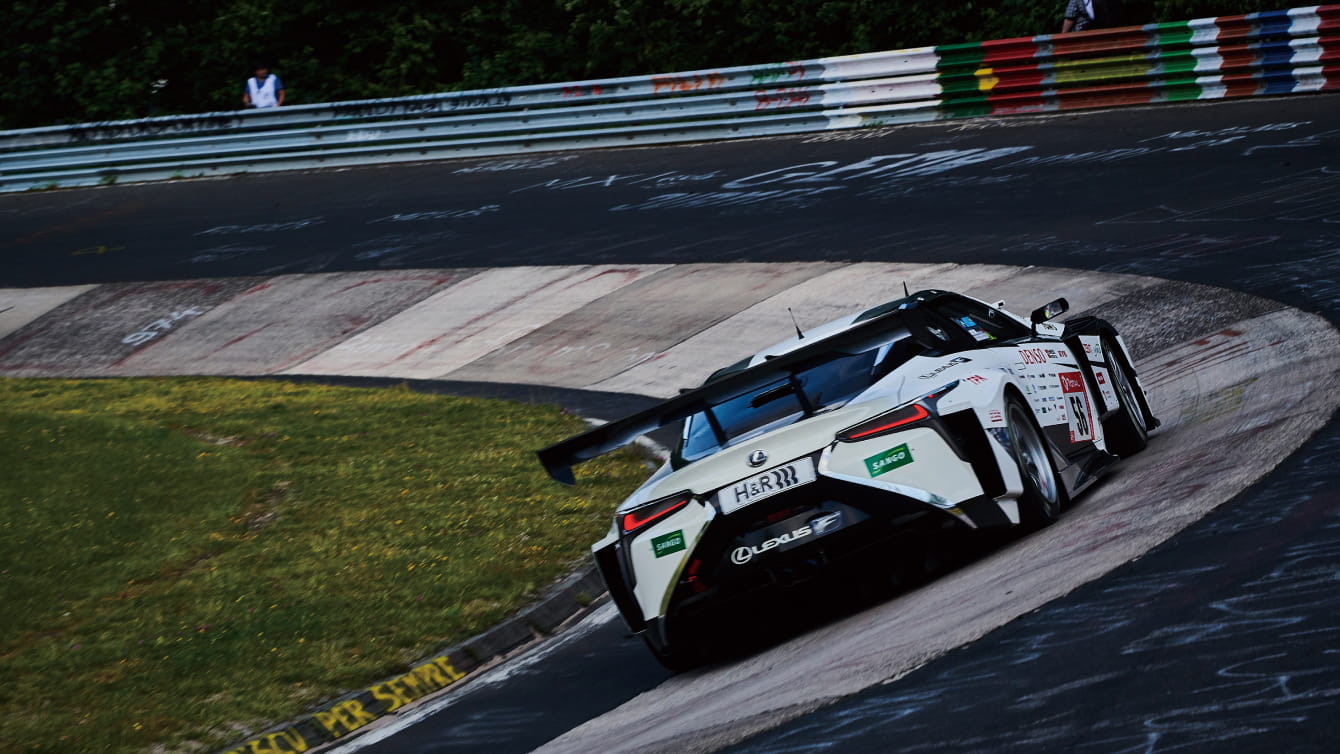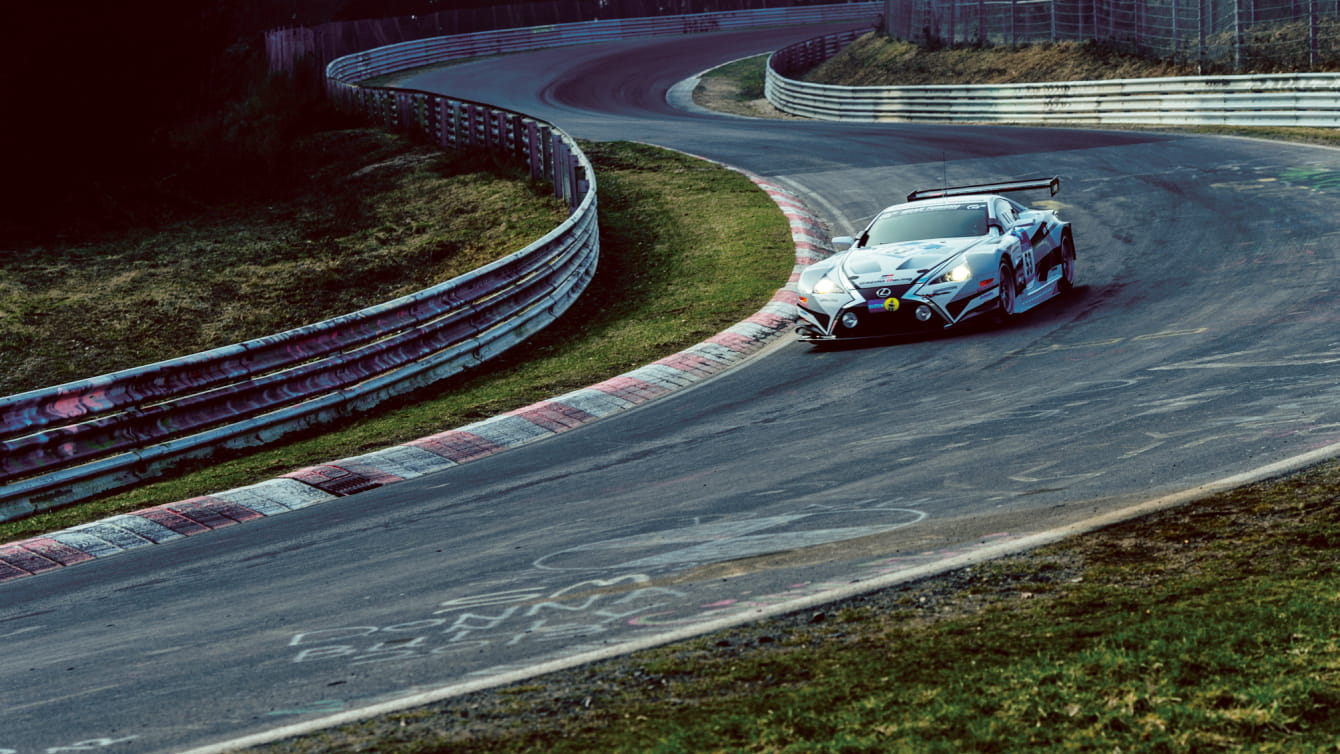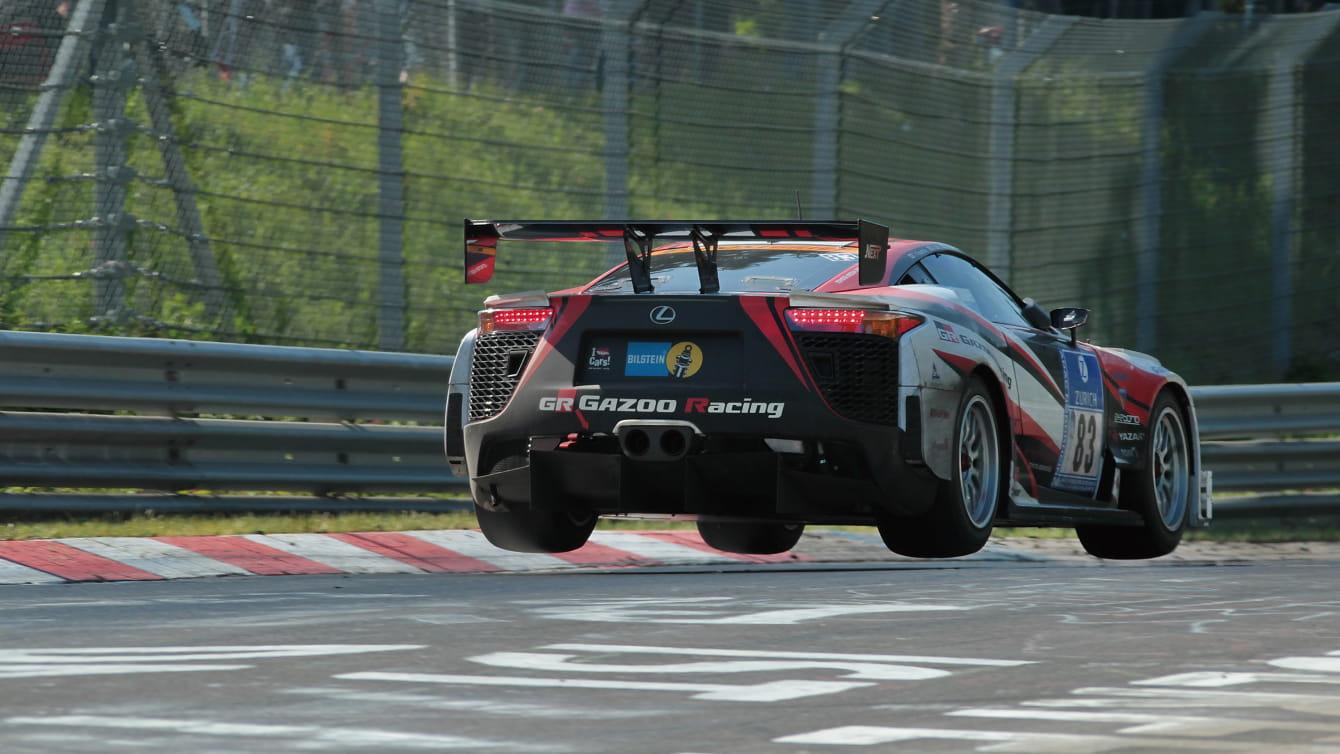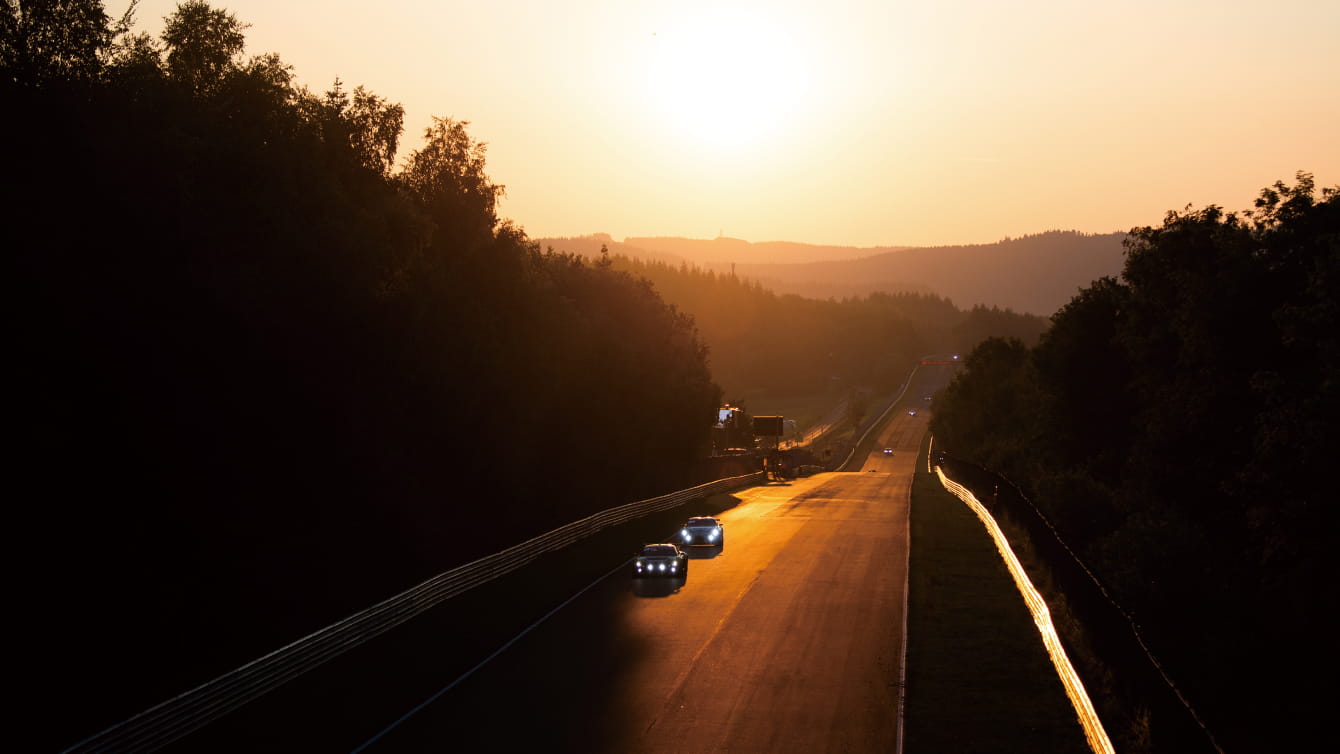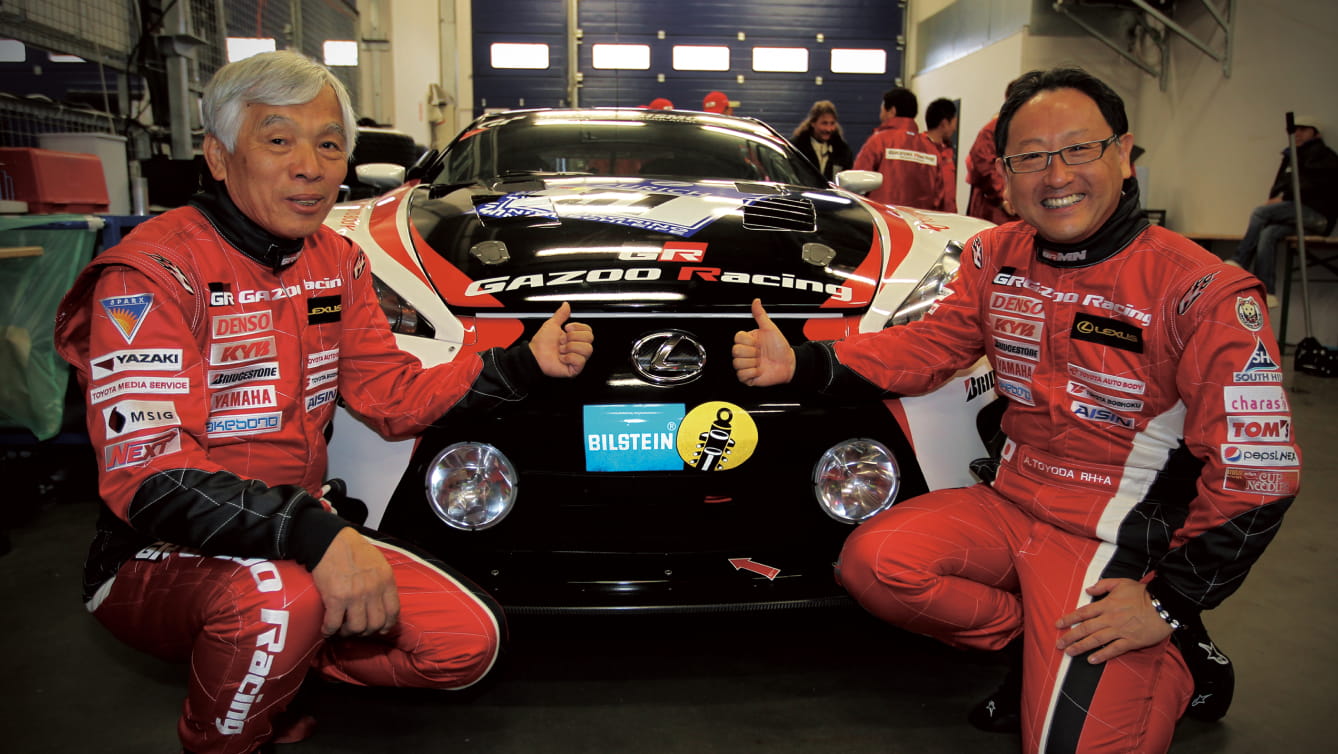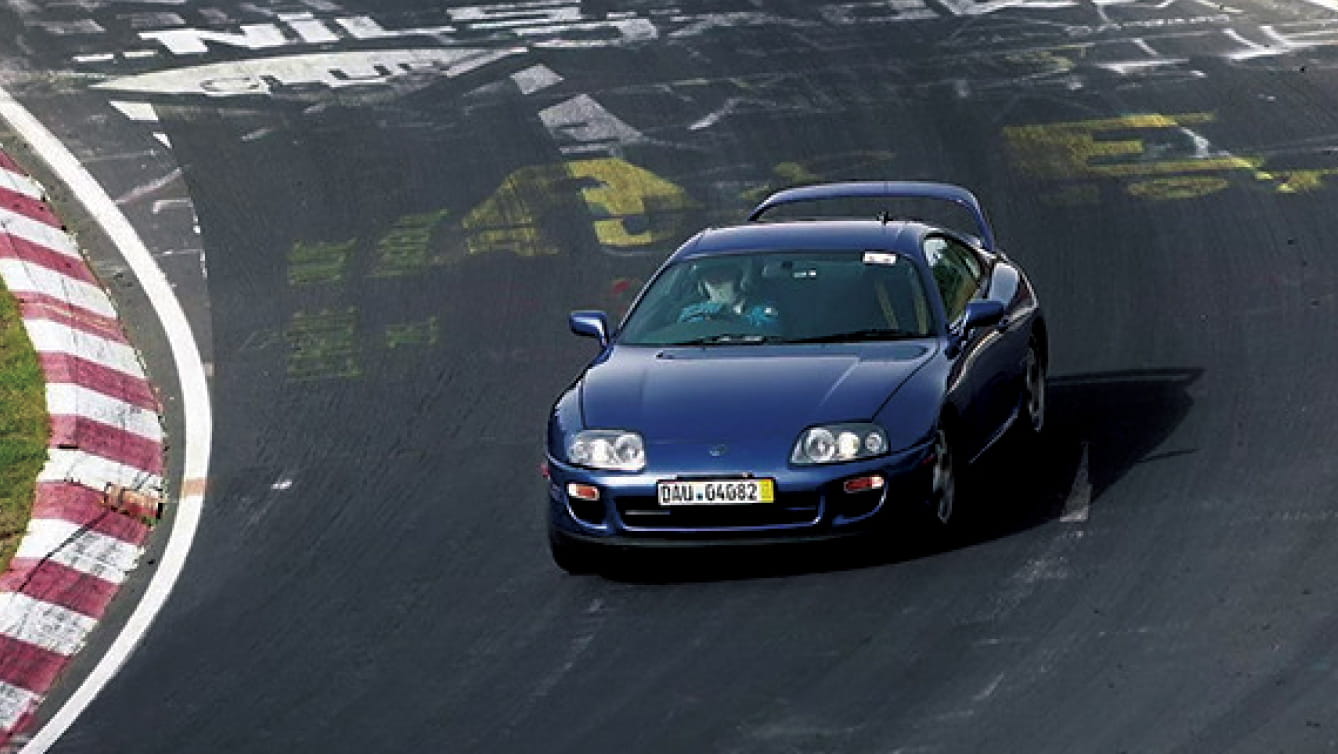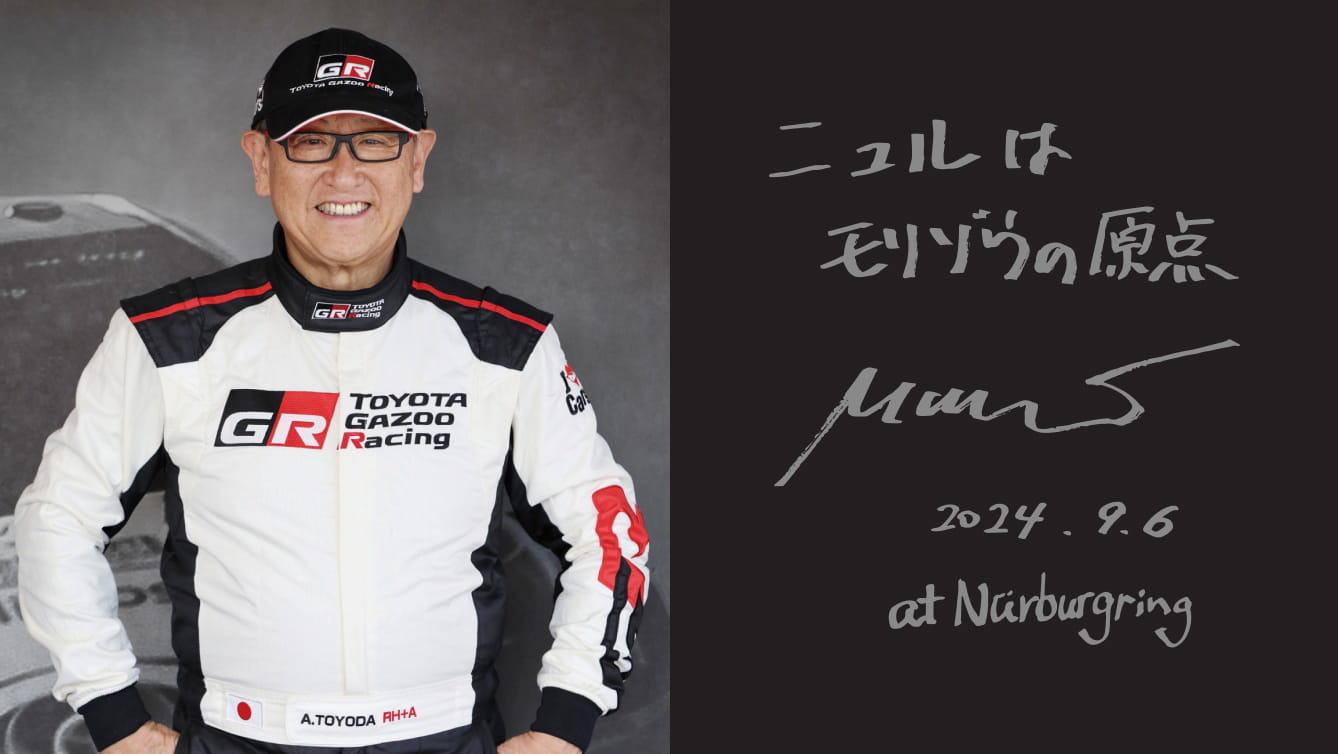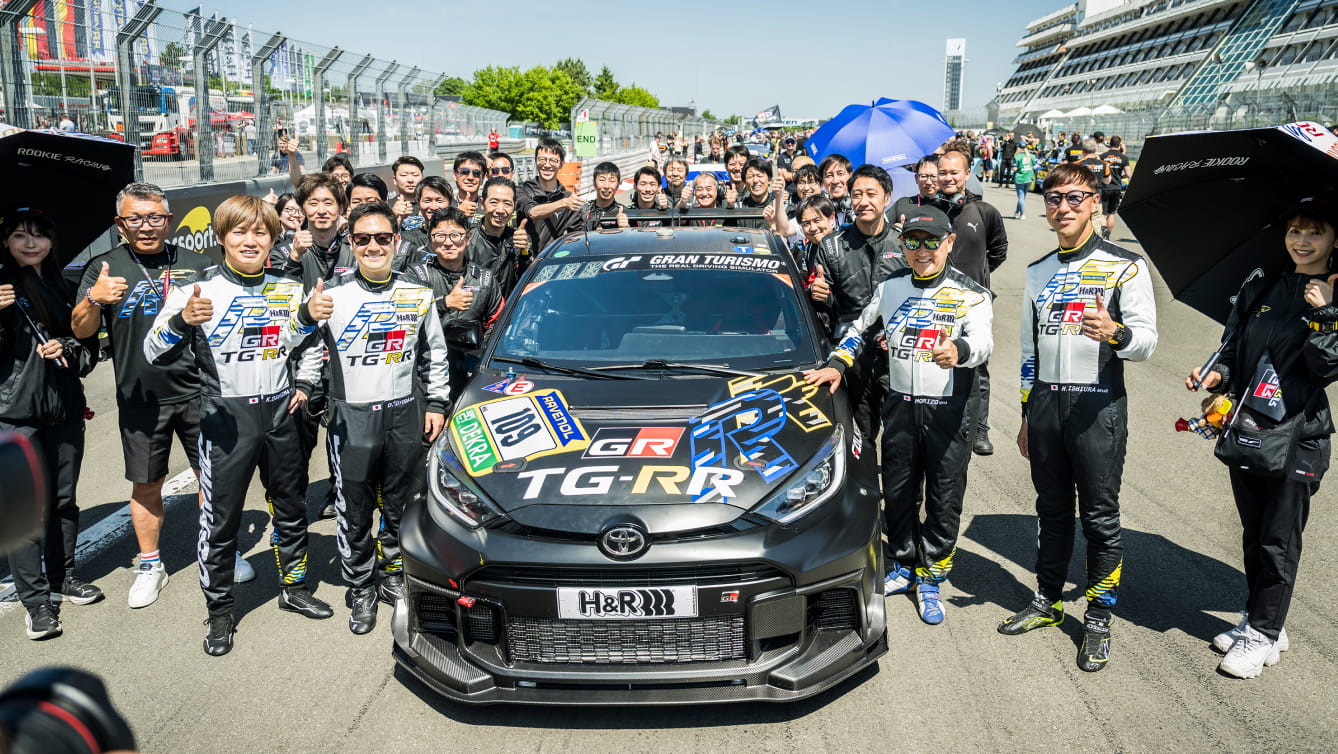Nürburgring Is the Most Direct Route to Making Ever-Better Cars
Nürburgring is located in Western Germany. Nordschleife (the north course), which is sometimes called the “old course,” is a massive circuit. While formally a circuit, its layout resembles typical regional European roads. One loop is roughly 20.8 km long, has a maximum elevation difference of 300 m, and features more than 170 corners of varying lengths. It is an extremely diverse course, with some sections requiring low speeds and others extremely high speeds. Furthermore, the surface of the course is almost entirely uneven, there is reduced traction due to dust, the course is narrow, and escape zones are rare. For these reasons, it is famed as one of the world’s hardest courses.
Toyota first visited the Nürburgring more than 40 years ago. Hiromu Naruse was 28 years old at the time, and visiting Europe to provide technical guidance, participating in the 6 Hours of Nürburgring in a Celica 1600GT.
Recounting that experience, he said “When I first drove at the Nürburgring, I instinctively felt both that I had come to an incredible place and that we could use this place for development. However, no one at Toyota recognized the importance of Nürburgring.”
The first Toyota model to be evaluated at the Nürburgring was the first generation MR2, but full-fledged development only began with the fourth generation Supra (A80).
Naruse had for a long time insisted: “Races are the ultimate stage on which to pass on technologies and develop human resources.” The 24 Hours of Nürburgring, one of the hardest races in the world, was chosen as the stage on which to do this. The drivers were, of course, Toyota drivers, but the mechanics were also Toyota employees. It wasn’t a race by a professional racing team, but by company employees. It was the ultimate stage for human resource development—not simply a place to demonstrate driving techniques but to take direct control of the vehicle and feel its driving first-hand, to adjust it oneself, and to learn how to improve it. It was, as Naruse put it, a place for “developing people who understood the vehicles themselves.”
That said, this was not an official Toyota project, but more like a Toyota enthusiast activity. The vehicles used in the race were two old ALTEZZA, and most of the mechanics were Toyota employees. The team, virtual amateurs, although battered and bruised by first 24-hour Nürburgring, managed to complete the race. Looking back, the members involved said “It was a miracle that we finished the race.”
But their efforts gradually gained greater recognition, and they began to draw in new supporters. With each year of participation in the race, the team’s scale grew, until in 2015, eight years after their first race, the team was elevated to the position of an official Toyota team: TOYOTA GAZOO Racing. In 2016, the TGR Factory was established through Toyota’s inhouse company system, and in 2017 it evolved into the GR Company. The team entered pre-launch prototypes of the LFA, 86, and GR Supra, and featured advanced development technologies destined for future production vehicles.
Akio reflects on this era.
“In 2007, we could not even use the Toyota name; our makeshift team, consisting of Naruse and myself, had fewer members than most privateer teams. Back then, I was overcome by various frustrations—the frustration of not receiving any support; the frustration of not being taken seriously no matter what we did; the frustration of being belittled no matter what we did; and the frustration of having to run a Supra model that was no longer in production. All these frustrations remain with me, even now. These frustrations are why, as president, I keep urging us to “make ever-better cars. If we hadn’t taken that little step, the Toyota of today, as we know it, would not exist.”
-
1 Sabine-Schmitz-Kurve +
-
2 Hocheichen – Quiddelbacher Höhe +
-
3 Flugplatz +
-
4 Fuchsröhre +
-
5 Karussell +
-
6 Brünnchen +
-
7 Pflanzgarten +
-
8 Döttinger Höhe +
